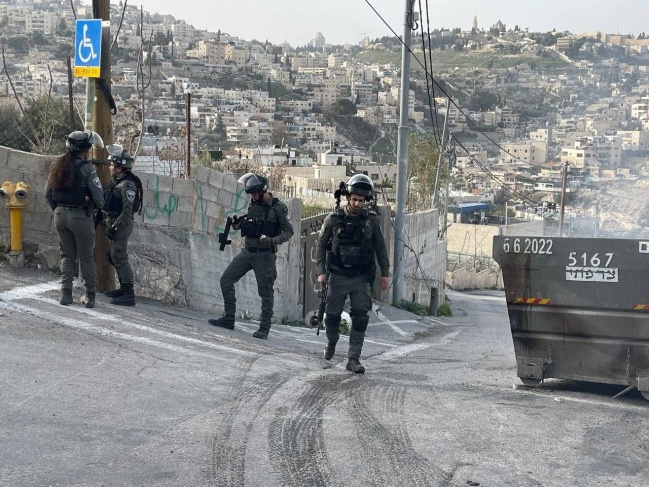Ramallah - Saba:
Israeli enemy forces seized a house under construction in the town of Turmus Ayya, north of Ramallah, on Monday and turned it into a permanent military post.
According to the Palestinian SAFA News Agency, the Al-Baydar Organization for the Defense of Bedouin Rights reported that an Israeli army force stormed the eastern part of the town and seized the building, even though it was still under construction.
The organization explained that the forces fortified the house and established a military observation post there, without the permission of its owners or any legal justification.
It added that this attack constitutes an escalation in a series of violations targeting civilians and their property in the area.
It explained that this action falls within the Israeli enemy's policy of imposing security control over high and vital areas and using Palestinian property for military purposes, endangering the lives of residents and restricting their movement.
It emphasized Al-Baidar stated that the continued conversion of civilian buildings into military sites deepens the suffering of the population and increases tensions in the region.
It warned of the repercussions of these steps on the humanitarian and political situation, calling on all concerned parties to take immediate measures to curb these violations and protect the rights of residents.
In another context, Israeli occupation forces issued a demolition notice today, Monday, against an inhabited house in the village of Al-Ma'sara, south of Bethlehem.
According to the Palestinian News Agency (WAFA), Hassan Breijieh, Director of the International Law Department at the Wall and Settlement Resistance Commission, stated that Israeli forces delivered a demolition notice to citizen Mahmoud Suleiman Zawahra, a one-story house with an area of 300 square meters, on the grounds of lacking a permit.
In the first half of 2025, Israeli occupation authorities issued 556 demolition notices against Palestinian structures on the grounds of lacking a permit, including 322 inhabited homes, 18 uninhabited ones, 151 structures classified as agricultural, and 97 classified as sources of livelihood and other facilities, according to the Wall and Settlement Resistance Commission.

| more of (International) |




